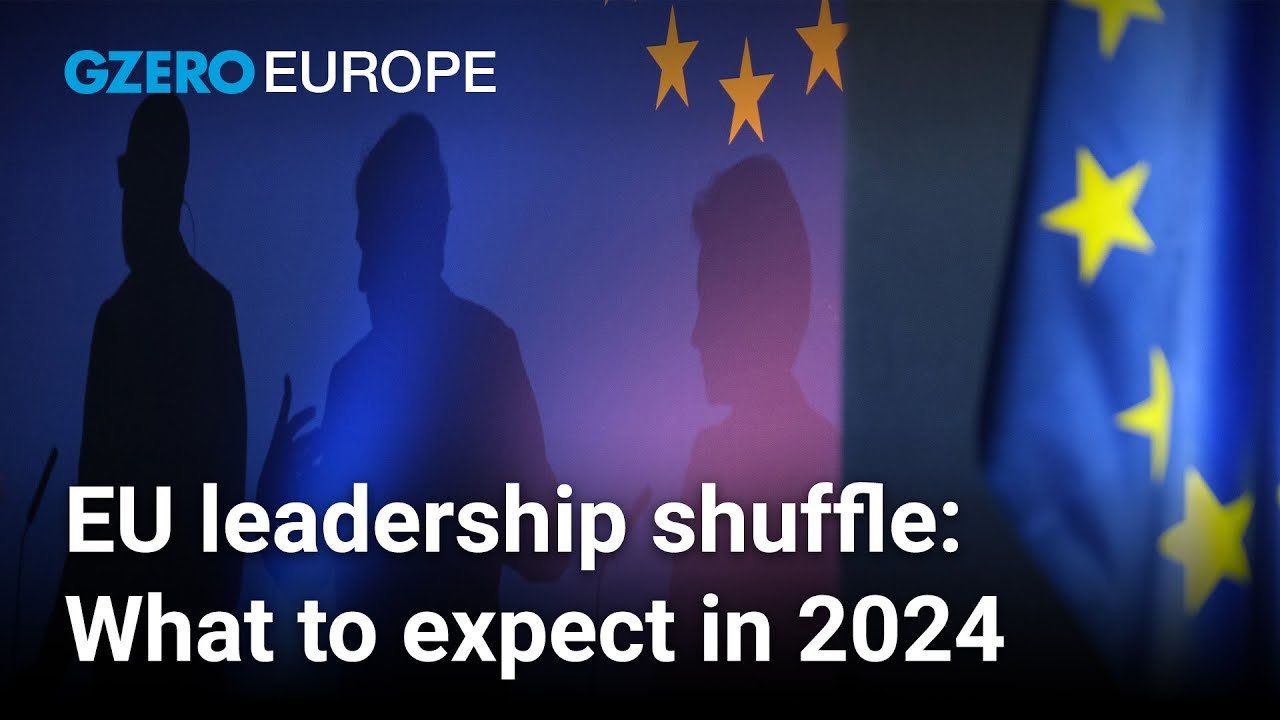GZERO Europe
Europe's big political stories to watch in 2024

EU leadership shuffle: What to expect in 2024 | Europe In :60

Carl Bildt, former prime minister of Sweden, shares his perspective on European politics.
What are the big political stories in Europe 2024?
Well, obviously the Russian aggression against Ukraine and the possibility of supporting Ukraine in its fight for its independence, freedom of sovereignty, is going to be the dominant story.
But apart from that, the election to the European Parliament happening in early summer, that's going to be enormously important, both because it will show the respective strengths of the different political forces in Europe. I would expect the center-right EPP to remain as the dominant force in the European Parliament, but that remains to be seen. And that is of course the beginning of the process of appointing all of the new personalities that will dominate the European Union in the coming five years. President of the European Council, president of the Commission, high representative for foreign and security affairs, president of the European Parliament, all of the commissioners, all will be decided during the month immediately after the election, based on that particular result.
Then, of course, an election in the United Kingdom, which is highly likely to produce a new government. And then perhaps the possibility, with a new commission and a new government in London, a more constructive relationship across the channel between Brussels and London. And I think that might be highly needed, as the country that I'm at the moment in is also having an election in November, and that might produce an outcome which might be highly problematic from several points of view. And Europe has to be ready
In this episode of Tools and Weapons, Microsoft Vice Chair and President Brad Smith sits down with Ed Policy, President and CEO of the Green Bay Packers, to discuss how purpose-driven leadership and innovation are shaping the future of one of the world’s most iconic sports franchises. Ed shares how technology and community-focused initiatives, from Titletown Tech to health and safety innovations on the field, are transforming not just the game of football, but the economy and culture of Green Bay itself. He explains how combining strategic vision with investment in local startups is keeping talent in the Midwest and creating opportunities that extend far beyond Lambeau Field.
Subscribe and find new episodes monthly, wherever you listen to podcasts.
Egyptians are voting this month in parliamentary elections that aren’t expected to change who’s in charge, but could allow President Abdel Fattah el-Sisi to rule beyond 2030.
Thailand and Cambodia’s ceasefire is on the verge of collapse. Strikes were launched across their disputed border today, following clashes over the weekend that resulted in the death of a Thai soldier.